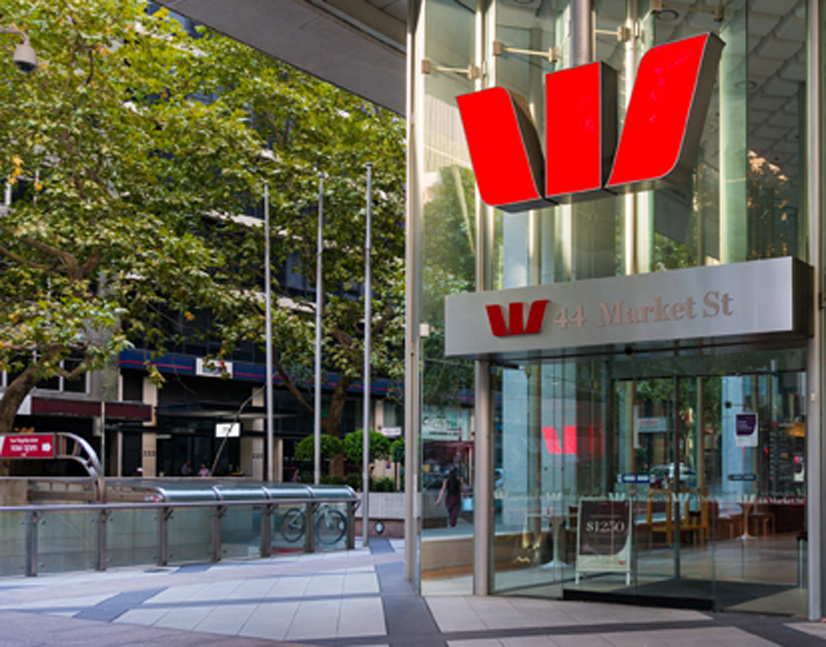
Across the board in New Zealand
The ANZ-KangaNews New Zealand Capital Markets Forum returned to Wellington as an in-person conference in June. Discussion at the event covered a raft of issues relevant to the local debt market. These include the post-pandemic recovery, inflation prospects, New Zealand’s housing crisis and developing the local sustainable-debt market.
“We were able in the budget to do two things that I didn’t think we would be able to do at the same time: increase our spending a little to maintain the fiscal stimulus that has helped New Zealand get through COVID-19, while at the same time seeing a faster return to some kind of fiscal consolidation. We have been able to do this because the economy is going better than we expected.”
COVID-19 has given us an opportunity to stop and think about how we want our immigration policy to contribute to productive economic growth. My starting point on this is immigration will always be a part of New Zealand’s economic story… what we’re trying to do is make sure it is focused on the productive part of the economy and how we lift the value of what we do.


“We have to build and we also have to deal with the immediate housing crisis, right now. I know that, particularly in rooms like this, the proposals I put forward will be relatively controversial. But I think it is worthwhile to have discussions about things like rent controls and I have strongly pushed back against some of the fear mongering I’ve seen from certain think tanks based on their interpretation of data.”


With a larger overall borrowing programme we are now in a position where we have made public that we are going to establish a 30-year point on our curve. Obviously it remains to be seen what demand will look like at this tenor, because it will be the first time in history that we’ve issued it. But it’s pretty exciting.
The RBNZ intervened last year to assist the high-grade market and the wider corporate bond market, but it has been able to step back from that now. Activity and confidence are back to pre-COVID-19 levels and the ability to get transactions done is as good as it ever was.
There has been a general lack of Kauri primary supply compared with previous years. We noticed cash held by domestic balance sheets was increasing as well as a general scarcity of secondary stock on offer, which potentially put more money to work for new Kauri trades. As a result, demand conditions have largely been favourable for us to approach the market with our recent Kauri transactions.
We’ve been active in in the two-year part of the curve recently. I think this is potentially an indication of where sentiment is and where things are headed. As economies open, inflation is becoming a discussion point again and investors are obviously thinking about when and how QE programmes are going to be wound back. At the same time, there have been bouts of volatility on the back of data releases.
We noted that participation from bank balance sheets was strong for our 2028 tap – which represented a change from when we issued last September. Bank balance-sheet support is important in the New Zealand market. The feedback we have received is that balance sheets are now prepared to extend tenor in return for yield pick-up, while real-money accounts look further along the curve.


The fact is we are coming from a low-inflation environment and central banks have had trouble reinflating the economy, not fighting high inflation. That’s our starting point. Prices will go up and down, and we have all read about the pressures relating to supply-chain disruptions. But it’s not something we’re actively worrying about at this stage.
“We recognised that we could play a key role in helping grow the green investment space, external to Contact. One of the key drivers of our green borrowing programme when we first started was not to move anything internally in the sense of how Contact approached sustainability. We did it because we saw the opportunity to help grow the market for investors interested in sustainable outcomes.”
“The targets we set for our SLL are not necessarily easy ones – we actually have to strive to hit them. This is why it’s really great to have alignment across the whole business, because it’s not just a case of passing it to a sustainability team and saying ‘guys, can you sort this out for us?’ It’s a whole-of-business culture.”
“From a property perspective, [labelled green issuance] is much easier because we have the benefit of green rating systems through the Green Building Council, we have NABERS ratings for energy and we can certify buildings as carbon zero. It is important that there is a framework to measure yourself against and that you communicate this to investors, so everybody knows where are you sitting against your aspirations.”

“If the migration tap really does get turned down severely, that’s quite a big change for the New Zealand economy. It has, over time, developed a model where we have a pretty steady flow of relatively cheap labour from offshore and haven’t had to worry too much about whether or not our own education system is churning out the people we actually need.”
We are expecting more wage inflation than the unemployment rate suggests. The labour market is tight and maximum sustainable employment is lower than it was – and the RBNZ says as much in its monetary-policy statement. If there’s one thing that will tell you when and by how much the OCR is going to go up, it’s wages.
“This is the first time in 30-odd years that central banks have not been absolutely focused on inflation targeting. They’re stimulating at a ridiculously large rate and the demand they are creating is pushing prices as well – US stimulus has pushed its trade deficit to US$90 billion a month, from US$40 billion. I think central banks need to realise things are getting slightly out of control and they will have to slow down soon.”


“Each year, the UNPRI report asks us how implementing ESG has affected our performance. It’s an easy question for our equities colleagues, but in fixed interest it is quite difficult to strip out the impacts of other characteristics. Besides, often what we’re really doing is protecting for tail risks that might not manifest in a given period.”
“I just don’t see where inflation expectations are going to come from. If nobody will pay up for things – if everybody continues to expect either more for the same price or to pay less tomorrow – who is going to be able to put prices up? We may be at the end of the bond bull run but we don’t expect it to turn into a bear run.”
“We are hitting barriers where the cost of carbon is being incorporated into products. In all probability, this will increase the price of goods and services – in particular goods from China. The Chinese are working very hard to add renewable-energy capacity to transition away from coal because they know this is the way the world is going. We are going to have to put a price on carbon and it is going to raise prices everywhere.”
“The issue now is that the longevity of QE has created different problems. The initial burst was probably needed, because there was a liquidity issue, and it worked very well in that short term. But now we have a situation where investors are completely crowded out of the market – the amount of money sitting in the short end of the market at the moment is crazy.”
“The RBNZ has indicated that it could continue with the LSAP even while it is hiking rates. Whether or not it does that remains to be seen, but no other central bank that I’ve seen has made a similar comment. Given this preference for some sort of optionality, I suspect, if conditions started to get extreme, that the RBNZ would come back to the market.”
“There was a massive injection of liquidity in the early part of last year, and this filtered through the economy including coming to us through the wage subsidy. We had a significant increase in deposits to the point that we were very well funded running into the housing boom. We are now closer to a business-as-usual funding environment.”



HIGH-GRADE ISSUERS YEARBOOK 2023
The ultimate guide to Australian and New Zealand government-sector borrowers.

WOMEN IN CAPITAL MARKETS Yearbook 2023
KangaNews's annual yearbook amplifying female voices in the Australian capital market.

SSA Yearbook 2023
The annual guide to the world's most significant supranational, sovereign and agency sector issuers.











